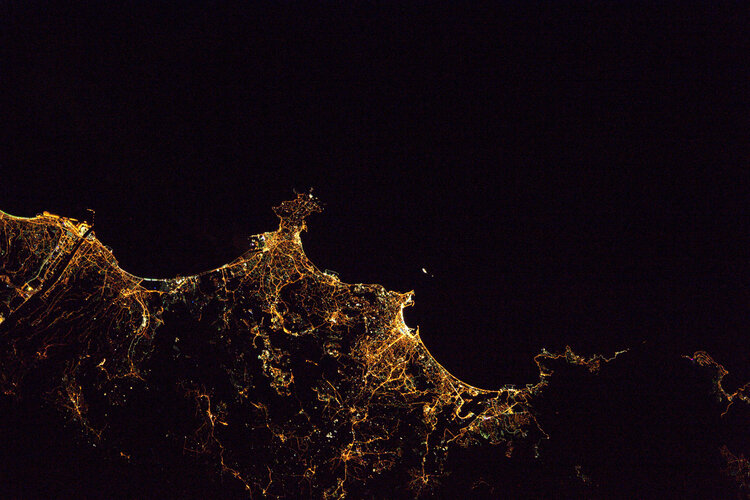Skin, muscle and bones
Cartilage
Scientists think that reduced stress on bones may be responsible for the progressive cartilage loss seen in long-term space residents. MRI scans of Thomas’s knees were taken before and after his stay in orbit. The results of this experiment are expected to help develop technologies to counteract bone loss for space travellers and bedridden patients on Earth.
Early Detection of Osteoporosis in Space
This experiment looked at changes in bone structure before and after a spaceflight by studying markers in blood and urine, as well as through a tomography scan. For this experiment, astronauts follow a strict diet during the data collection stage.
All astronauts lose up to 1% of their bone mass each month in space, similar to osteoporosis. Obviously, this is worrying for longer missions to far-away planets or celestial bodies. Researchers are interested to find out if they can detect the changes quickly and also when the changes occur. This research will help detect osteoporosis on Earth, a disease that most people over 55 suffer from to some degree.
Skin-B


Access the video
Our skin protects us, regulates our temperature and helps us to feel objects. As we grow older, our skin becomes more fragile and takes longer to heal from injuries. Astronauts lose more skin cells and age faster during spaceflight. A common complaint of astronauts is cracking skin and rashes or itchiness.
This experiment is the first research into skin in space, collecting data on skin structure, oxygenation, hydration and elasticity. The goal is to develop a computer model of how skin ages. Results on Thomas’s skin will improve the model and could contribute to helping protect people’s skin on Earth as well as in space.
Muscle Biopsy
Living in microgravity leads to the loss of muscle mass, function and motor control. By taking samples of Thomas’s soft tissue, the Muscle Biopsy experiment looked for the root of the problem of maintaining muscle mass in space. The European astronaut provided feedback on how his muscles performed before and after his flight.
Sarcolab-3

Astronauts lose muscle in space and need to exercise daily to minimise loss. Thomas’ ankle and knee muscles were analysed as they contracted before and after his mission. These muscles are hardly used in space. Sarcolab will get a better understanding of how muscles and motor control deteriorate when unused. During Proxima Thomas used the Mares muscle measurement machine to take readings of his ankle and knee.
The findings will help people on Earth who cannot use their muscles for a period of time such as after a severe accident.
Skinsuit

Astronauts have been known to grow by up to 7 cm as their spines lengthen in weightlessness. As a result, many suffer from backache during their missions. Thomas evaluated in space a new suit designed to combat the lack of gravity effects by squeezing the body from the shoulders to the feet with a similar force to that felt on Earth.
ESA astronaut Andreas Mogensen did a first test of a Skinsuit during his 10-day iriss mission in 2015; Thomas continued testing on his long-duration mission.
Each Skinsuit is tailor-made for its wearer with a bidirectional weave. The suits need to fit tightly but comfortable, while creating the right amount of force in the right places.
ESA’s Space Medicine Office worked with the universities of Kings College and University College in London, England, and the Massachusetts Institute of Technology, USA, to test the suit prototypes.














 Germany
Germany
 Austria
Austria
 Belgium
Belgium
 Denmark
Denmark
 Spain
Spain
 Estonia
Estonia
 Finland
Finland
 France
France
 Greece
Greece
 Hungary
Hungary
 Ireland
Ireland
 Italy
Italy
 Luxembourg
Luxembourg
 Norway
Norway
 The Netherlands
The Netherlands
 Poland
Poland
 Portugal
Portugal
 Czechia
Czechia
 Romania
Romania
 United Kingdom
United Kingdom
 Slovenia
Slovenia
 Sweden
Sweden
 Switzerland
Switzerland




























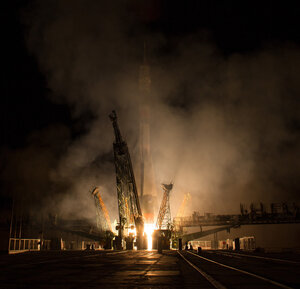
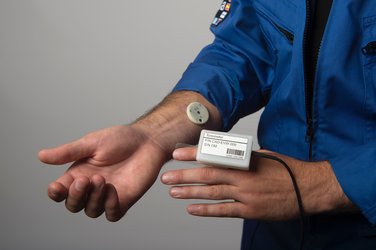

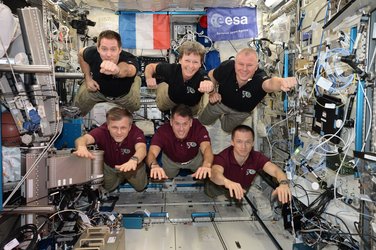
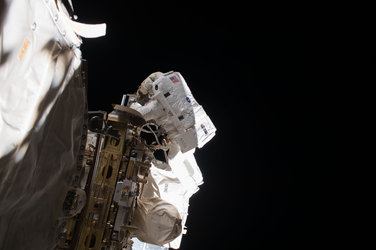
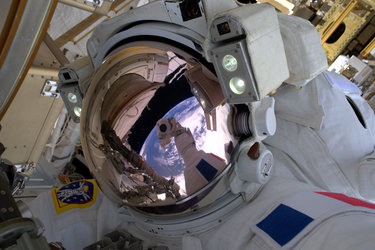
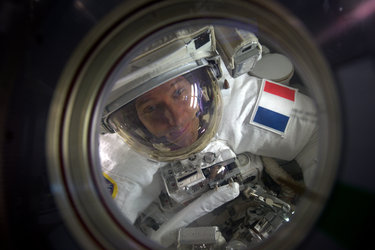



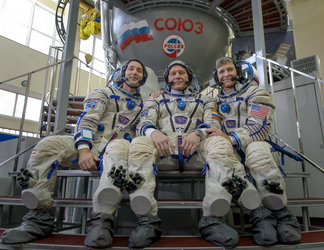
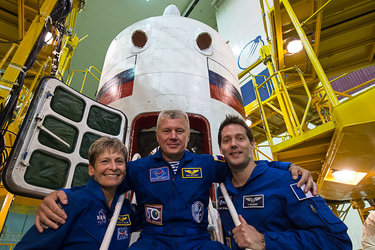
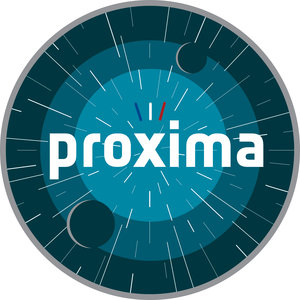
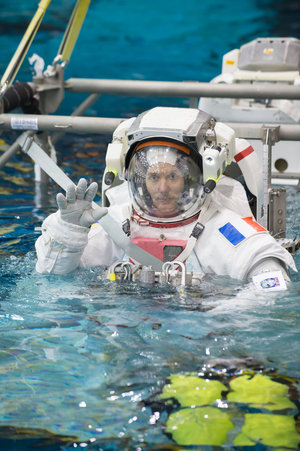

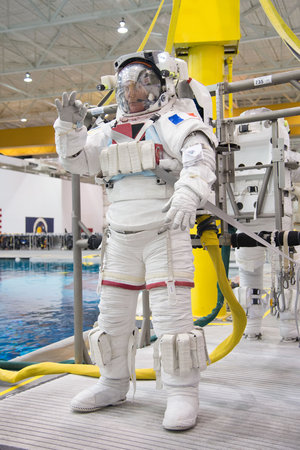
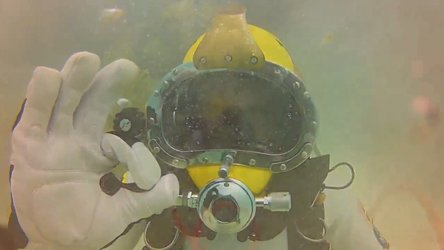
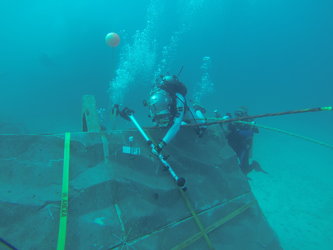

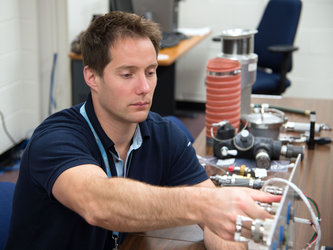
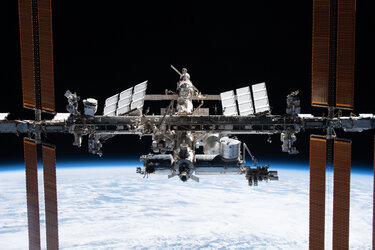
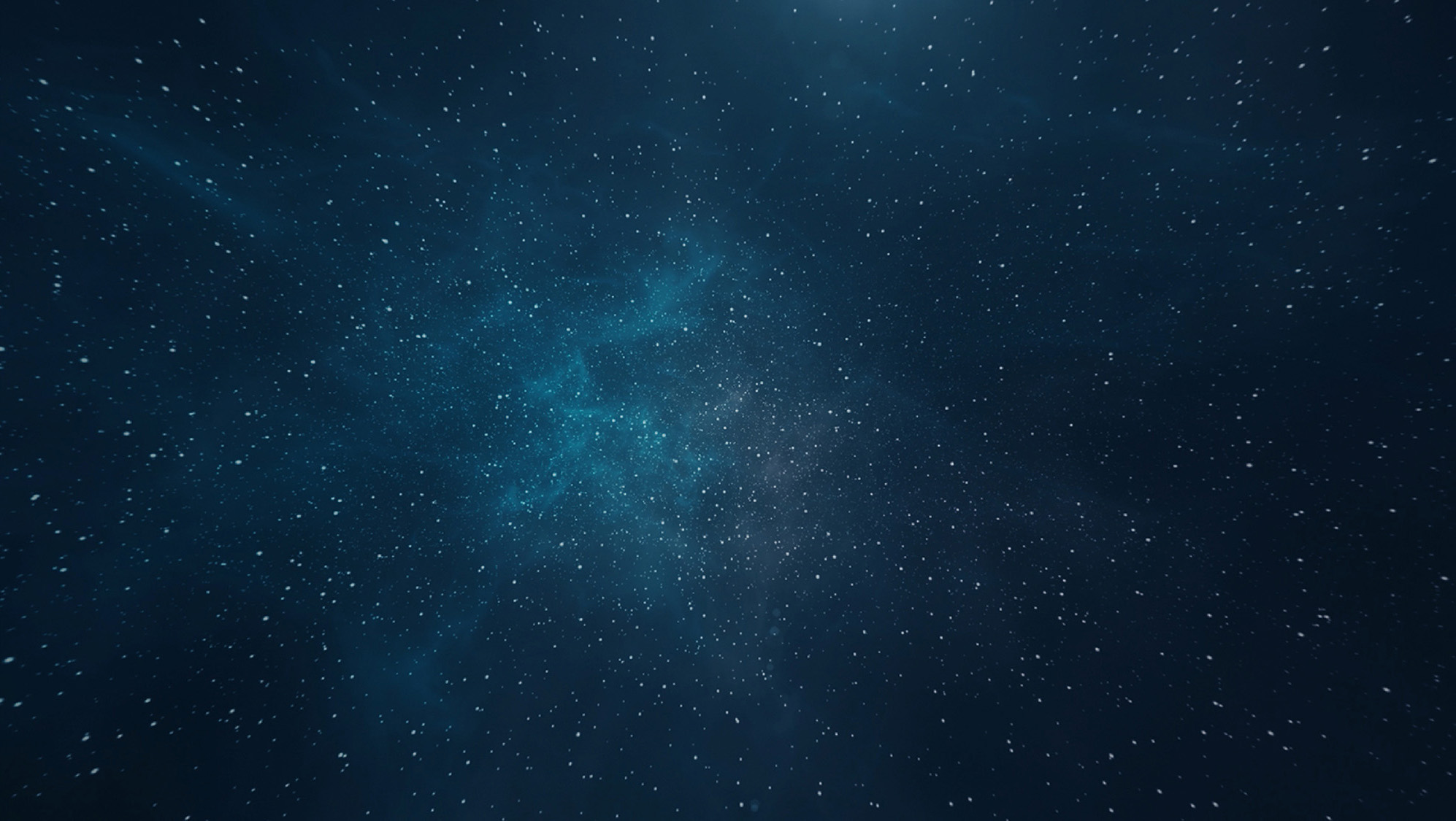
 Thomas Pesquet on Facebook
Thomas Pesquet on Facebook Thomas Pesquet on Instagram
Thomas Pesquet on Instagram Thomas Pesquet on YouTube
Thomas Pesquet on YouTube